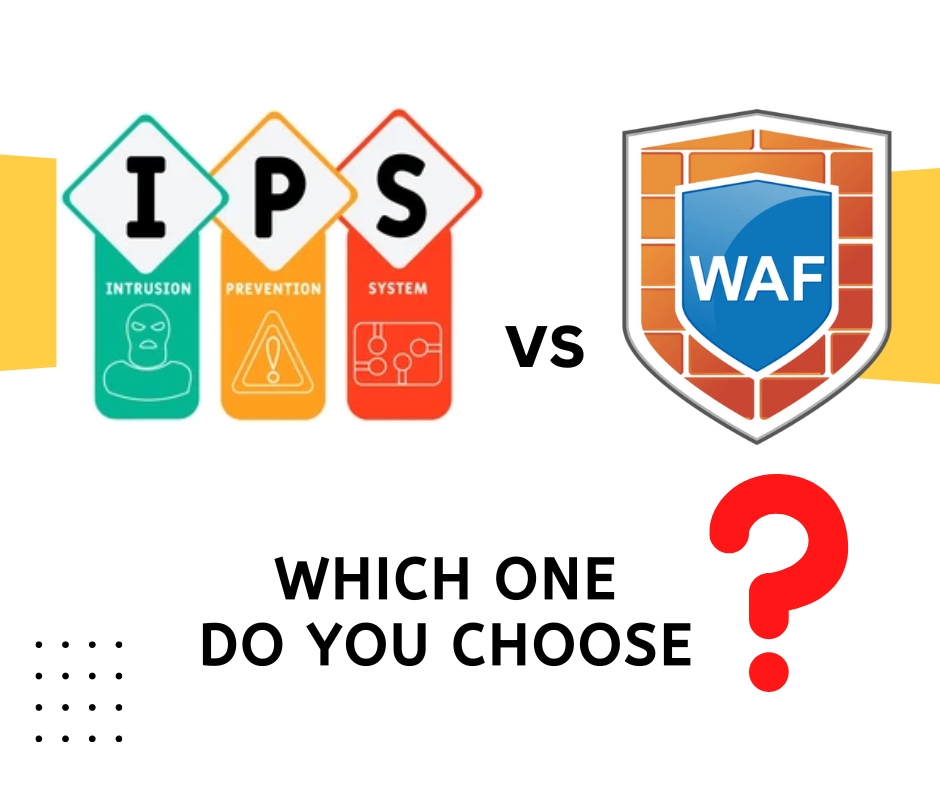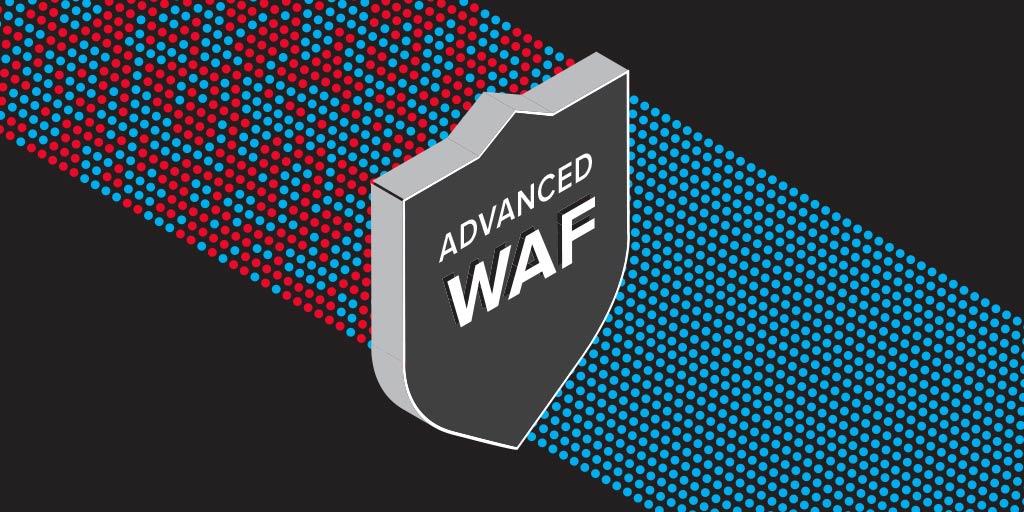Introduction
Cybersecurity relies on multiple layers of defense to protect networks, systems, and applications. Among the most common tools are Firewalls, Intrusion Prevention Systems (IPS), and Web Application Firewalls (WAF). While they may seem similar, each plays a distinct role in the security stack. Understanding their differences and use cases is crucial for building an effective security architecture.
What is a Firewall?
A Firewall is a network security device that filters incoming and outgoing traffic based on predefined rules. It typically operates at layers 3 and 4 (network and transport) of the OSI model. Firewalls help block unauthorized access, prevent port scans, and enforce internal traffic policies.
Use Cases:
- Blocking access to unauthorized IP addresses
- Preventing internal users from accessing risky websites
- Segmenting networks for better control
What is an IPS (Intrusion Prevention System)?
An IPS monitors network traffic for suspicious activity and automatically takes action, such as blocking or alerting. It often works in-line with firewalls and focuses on known attack patterns and signatures. IPS operates at both network and application layers, offering deep packet inspection capabilities.
Use Cases:
- Blocking known malware or exploit signatures
- Detecting and stopping brute force attacks
- Responding to anomalies in network behavior
What is a WAF (Web Application Firewall)?
A WAF specifically protects web applications by filtering and monitoring HTTP/HTTPS traffic. Unlike firewalls and IPS that focus on network-level threats, WAFs operate at the application layer (Layer 7) and defend against web-specific threats like SQL injection, XSS, and cookie tampering.
Use Cases:
- Protecting login pages and APIs from injection attacks
- Blocking bots and malicious web requests
- Preventing cross-site scripting (XSS) and CSRF attacks
Key Differences at a Glance
| Feature | Firewall | IPS | WAF |
|---|---|---|---|
| OSI Layer | Layer 3-4 | Layer 3-7 | Layer 7 |
| Focus | Network traffic filtering | Threat detection & prevention | Web application protection |
| Threat Type | IP, ports, protocols | Malware, intrusion attempts | SQLi, XSS, web exploits |
| Deployment | Perimeter or internal network | In-line with firewall | In front of web servers |
Can They Work Together?
Yes. In fact, combining Firewall + IPS + WAF provides a layered defense that addresses different types of threats at various levels. While the firewall filters broad traffic, IPS handles more sophisticated attacks, and WAF ensures that application-specific vulnerabilities are not exploited.
Conclusion
While firewalls, IPS, and WAFs share the goal of improving cybersecurity, each has a distinct function. Understanding their differences helps organizations implement the right tools in the right place—creating a resilient and secure environment from network to application layer.

